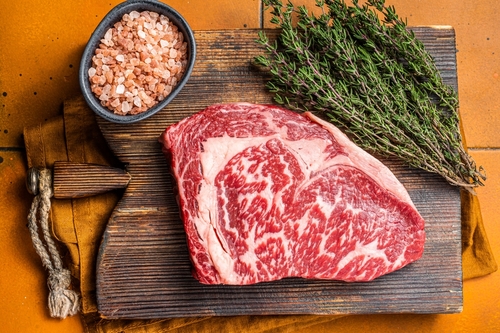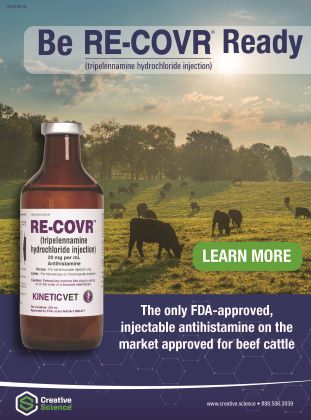Articles

Argentinian Beef Import Plan Harms U.S. Cattle Producers
WASHINGTON (October 20, 2025) – Today, the National Cattlemen’s Beef Association (NCBA) responded to comments from President Donald J. Trump that suggested importing Argentinian beef as a solution to lower beef prices. NCBA’s family farmers and ranchers are concerned that rewarding Argentina with this expanded access to the U.S. market harms American cattlemen and women, while […]
READ MORE
USCA Comments on President Trump’s Remarks Regarding Beef Prices and Proposed Imports from Argentina
United States Cattlemen’s Association (USCA) President Justin Tupper issued the following statement in response to today’s public remarks by President Trump suggesting action to lower beef prices through expanded imports from Argentina: “USCA commented on Friday regarding potential steps by the Administration to address beef prices, and we will reiterate our position today: government intervention […]
READ MORE
President Trump Announced His Plan to Bring U.S. Beef Prices Down by Importing Beef from Argentina
Billings, Mont., Oct. 20, 2025 – On Sunday aboard Air Force One, the Associated Press reported that President Trump announced his plan to bring U.S. beef prices down by importing beef from Argentina. Bill Bullard, CEO of R-CALF USA, the nation’s largest cattle association that exclusively represents cattle farmers and ranchers, issued the following statement […]
READ MORE
Continuous Feed Pushing for Increased Food Intake From BouMatic
Butler Gold Pro from BouMatic Thanks to its special patented auger, the freshness and quality of the feed are maintained and it motivates the animals to eat the feed. THE BUTLER GOLD PRO PUSHES THE FEED GENTLY ONTO THE FEED TROUGH, WITHOUT APPLYING PRESSURE. Thanks to its special patented auger, the freshness and quality of […]
READ MORE


